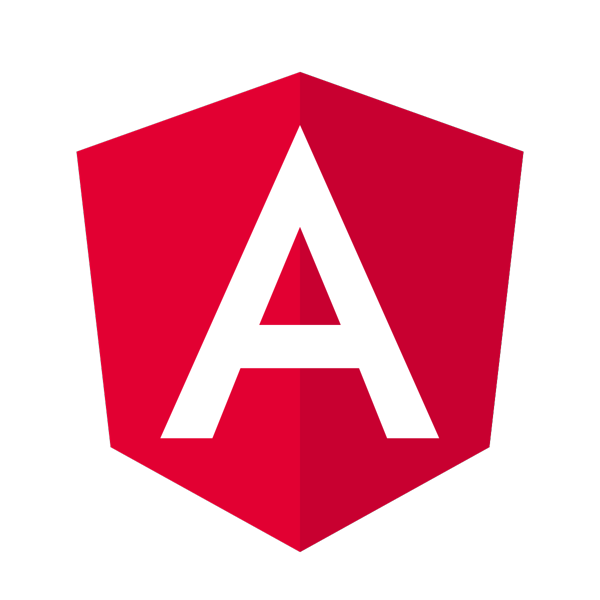History of Angular
History of Angular | AngularJS | Angular 2 | Angular 3 | Angular 4 | Angular 5 | Angular 6 | Angular 7 | Angular 8

Angular open source web application framework based on TypeScript. It is developed to simply development environment and testing of application by providing framework for client side MVC(Model-View-Controller) and MVVM(Model-View-ViewModel) architecture.
Birth: AngularJS 1.x
Misko Hevery, a Google Developer was doing side project. Easier building of web application for couple of his side projects. Later this side project become AngualrJS. Naming was started with Angular due to <> of HTML.
Misko and other developer start using it for other internal projects and later it was released in Oct. 2010 as Open Source project “AngularJS”. Later some of the biggest brand started to include its toolset for developing web and mobile applications.
2014: Angular 2
When the JavaScript standard was increased, AngualrJS was left behind. Then idea to build framework emerged, but developers were concerned as AngularJS was implemented in working projects and what will happen to those projects after few years. Later team of developer who developed AngularJS complete the rewrite of AngularJS i.e. Angular 2, which was released first introduced in October 2014. On April 2015, alpha version was released and then Developer edition, after that Beta version was released in December 2015. On may 2016 first version was released and final version of Angular 2 was released on September 14, 2016.
It was completely written in TypeScript and it was mobile oriented. Before Anguar 1.x was not build thinking about mobile application.
2016: Angular 4
Angular 4 was announced on December 2016 and was released in March 2017. Angular 3 was skipped due to mismatch between @angluar/compiler, @angular/core and @angular/route libraries. Angular 4 is not entire rewrite of Angular 2. Compatibility with TypeScript 2.1 and 2.2 was added. And other features were:
- HTTP Request Library was added for making easy to use, more powerful, and smaller and HttpClient was introduced.
- Conditionally disable animation support is provided.
- New Router life cycle events for Resolver and Guards is provided. New events: ResolveStart, ResolveEnd, GuardsCheckStart, GuardsCheckEnd joined existing set of life cycle event like NavigationStart.
2017: Angular 5
Angular 5 was first introduced on November 1, 2017. Important improvements were done like support for progressive web apps, production builds were created with Angular CLI which applies build optimizer by default, support for API and DOM was added, and improvement were done regarding material design.
2018: Angular 6
Angular 6.0.0 was first released on May 4, 2018 with Material 6 and Angular CLI 6.
Major features of Angular 6 for performance improvements:
- Bazel Compiler
- Closure Compiler
- Ivy Renderer
- Component Dev Kit (CDK)
Major features with respect to development:
- Added Forms Features
- Optional generic type for ElementRef
- Router: Added navigationSource & restoredState to NavigationStart event.
- TypeScript 2.7x supported
2018: Angular 7
Angular 7 was first released on October 18, 2018. Features of Angular 7 are:
- Angular Material & CDK
- Improved Accessibility of Selects
- Updates regarding Application Performance
- Virtual Scrolling
- Dependency updates regarding RxJS 6.3, TypeScript 3.1, Node 10
- Content Projection was supported using web standard for custom elements
2019: Angular 8
Angular 8 was first released on May 28, 2019. Major features present in Angular 8 are:
- Differential loading for all application code
- Dynamic imports for lazy routes
- Web workers
- TypeScript 3.4 support, and
- Angular Ivy as an opt-in preview
Also Read:
